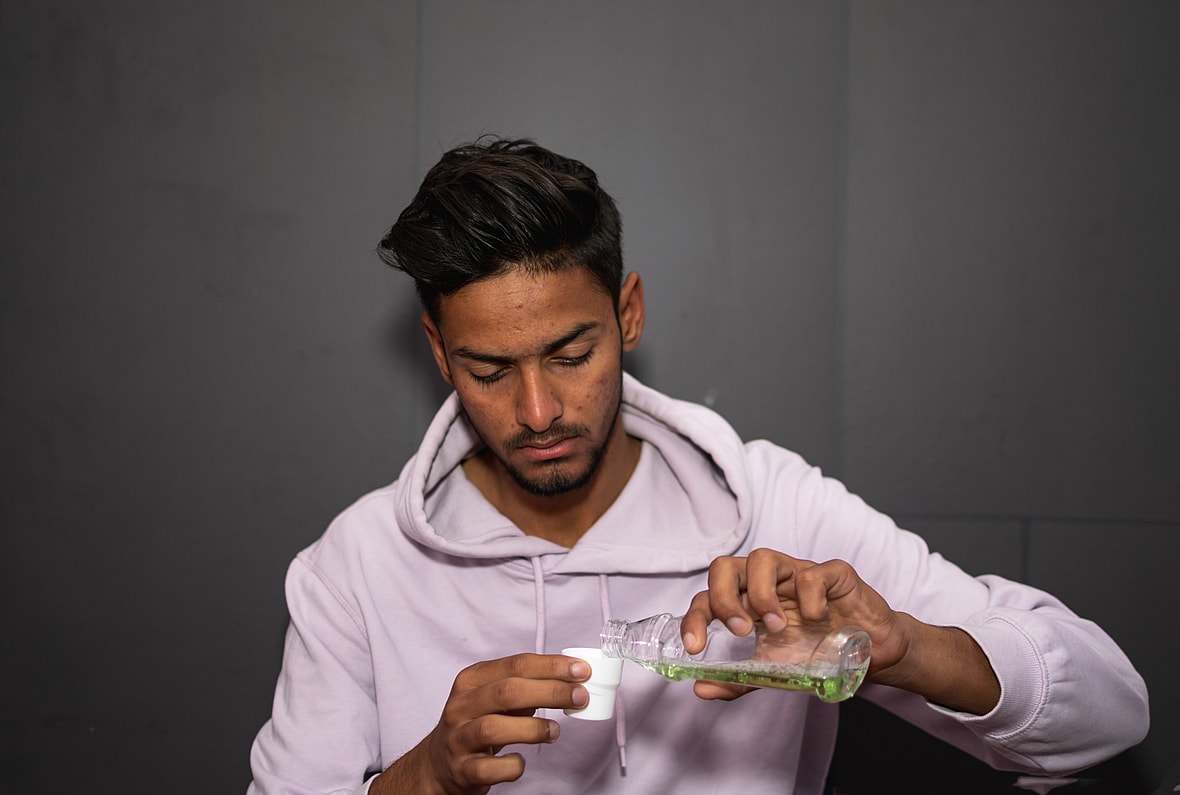
If you’ve ever caught your toddler gnawing on someone else’s toothbrush or watched your family’s brushes all huddled together in the same holder, you’re not alone. Toothbrushes may not look dirty, but they’re the perfect place for bacteria to settle in. Thankfully, sanitising your toothbrush doesn’t have to be complicated.
Here’s how to sanitize your toothbrush using mouthwash; and a few other easy ways to keep those bristles family-safe.
Why Toothbrushes Need Cleaning Too
Your mouth naturally contains bacteria, and that bacteria transfers to your toothbrush every time you use it. According to the American Dental Association, it’s normal but that doesn’t mean you should ignore it. Studies have found that toothbrushes can carry microbes like staph and even E. coli if they’re stored improperly.
While it’s unlikely your toothbrush will make you sick, sanitizing it helps reduce the risk of spreading germs, especially in a household with kids. Plus, a clean brush just feels better.
ALSO READ: How to Get Dog Hair Out of Clothes: Tips and Tricks
How to sanitize your toothbrush with mouthwash

The easiest way to sanitize a toothbrush is by soaking the head in an antibacterial mouthwash. It works because most mouthwashes contain alcohol or essential oils that kill bacteria.
Here’s what to do:
- Pour a small amount of mouthwash (like Listerine) into a clean cup enough to fully submerge the bristles. Don’t dip directly into the bottle.
- Soak the toothbrush head for 10 to 15 minutes.
- Rinse it with water and let it air-dry upright.
Don’t leave it soaking overnight. That can cause the bristles to break down faster.
If you don’t have mouthwash handy, you can use a homemade mix of one part 3% hydrogen peroxide and one part water. Just remember to rinse well afterward.
How to keep it clean between uses
- After brushing, thoroughly rinse the bristles with warm, running water to remove any leftover toothpaste, food particles, or debris.
- Shake off any excess water from the bristles, then place the toothbrush upright to dry, rather than laying down, until the next use.
- And while you may be tempted to cover your toothbrush, experts say it’s better to leave it out in the open air. An enclosed, moist environment is more conducive to the growth of microorganisms.
- If you use an electric toothbrush, remove the head from the base after each use, storing them separately.
Other cleaning methods that work for families
Looking for other parent-approved options? Here are a few alternatives that are safe and simple:
- Boiling water: Boil water, then dip the toothbrush head in for about 3 minutes. This method is great in a pinch but might wear out bristles faster.
- UV sanitizer’s: If you’re a gadget-loving household, a UV toothbrush sanitizer can be a worthwhile investment. These small devices use ultraviolet light to kill bacteria. Some even charge your electric toothbrush while they sanitize.
- Dishwasher: Some toothbrushes (manual, not electric) can go in the silverware rack of the dishwasher. Use the sanitize cycle, and let it dry completely before the next use.
For little ones who tend to chew or drop their brushes often, cleaning more frequently may be a good idea.
Everyday habits that help
Sanitizing once a week is great but a few daily habits go a long way:
- Rinse thoroughly after each use to remove leftover toothpaste and debris.
- Store upright, ideally in a holder that keeps brushes from touching. Try not to use a cap or closed container, which traps moisture.
- Keep it dry between uses. A damp brush breeds more bacteria.
- Replace every 3 months, or sooner if the bristles look frayed. After an illness, swap it out immediately.
Pro tip: For younger kids, color-coding brushes and using separate holders can help avoid mix-ups.
Cleaning electric toothbrushes
Electric brushes need the same care. Be sure to remove the head after brushing, wipe it down, and let both pieces dry separately. Most electric toothbrush heads also fit into standard UV sanitizers, or you can soak them in mouthwash just like manual ones.
Final thoughts
Toothbrush sanitizing doesn’t have to be a project. A little bit of prevention can keep germs at bay, and make the morning and bedtime routines feel a lot cleaner. When you have multiple mouths to worry about, simple rituals like these make a big difference.
And hey, while you’re in the cleaning mood, it might be a good time to freshen up your kitchen sponge or finally tackle that dusty ceiling fan.
EXPLORE MORE: How to Clean a Coffee Maker Properly
